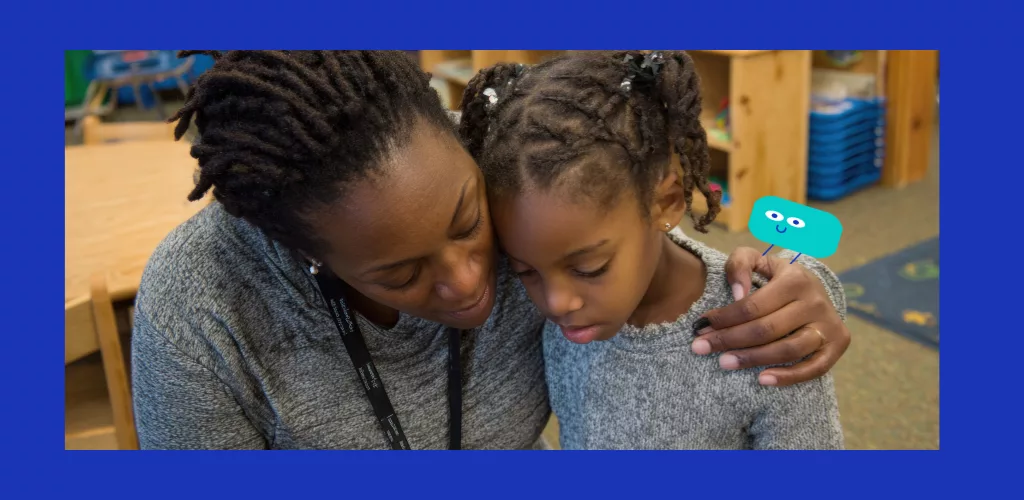In this article, I continue to dissect the levers that help our children develop their self-confidence. There are many little seeds to sow for this self-confidence to grow, and one of them concerns the development of your child's autonomy.
Autonomy is the ability to act freely, it's independence. As parents, we're sometimes impatient for them to become independent, but at the same time we don't want them to grow up too fast.
So how do you find the right balance?
Autonomy through choice.
One of our educational missions as parents is to ensure that our children are independent one day, but before the big day arrives when they can stand on their own two feet, we accompany them on the road to autonomy through a number of stages: eating alone, getting dressed alone, tidying their room alone, and even choosing something on their own!
The moment we let our children make choices, we develop not only their autonomy, but also their personality. Choosing means asserting oneself, but above all, in the case of children, it means learning about one's own tastes and finding solutions to everyday activities.
à Let your child make choices.
When it comes to education, it's often difficult to find the right parental stance. It's easy to be labeled too strict because you don't let them do anything, or too lax because you let them do too much. So when it comes to our children's autonomy and decision-making, it's hard to find the right balance.
All the more so if you're in a parent-child relationship where the parent has all the power. If I give my child a choice, won't I lose the power I have over him or her? If you find yourself in this situation, you need to get out of it quickly, because it will only lead to a conflictual relationship between you and your child. Of course, he doesn't have to choose everything, but does it really matter if your child doesn't want to put on his rain boots when it's raining outside? Let him choose between boots and sneakers. If his feet get soaked, he'll certainly choose the boots next time. What I mean is that, as adults, we tend to set the stakes too high and we sometimes lack flexibility in dealing with our children because we're in a dominant-dominated position.
They need to understand what they can choose, which is negotiable, and what they can't choose, which is non-negotiable because it's too dangerous or not age-appropriate.
At every age, there are tasks to be accomplished and choices to be made.
How can you help your child make the right choices?
You need to involve your child in making choices on a daily basis.
You can, for example, offer to choose his clothes when you go shopping, but also invite him to choose the books he wants to read, the Sunday evening meal or his extracurricular activities.
In addition, you need to be careful in the way you formulate requests to your children. Many daily injunctions can be transformed into affirmative phrases, giving your child the impression that he or she has a choice, and soothing the family's daily routine:
- Have breakfast!
- Do you prefer cereal or toast today?
- Hurry up and get dressed!
- Do you prefer to get dressed before or after breakfast?
- Take your shower!
- Do you want to shower before or after tidying your room?
- Clean up your room!
- Do you want to tidy your room before or after your shower?
All these elements, if implemented over the long term, will help your children feel recognized. They'll feel that if they're given a choice, it's because they're capable of doing it, and that we have confidence in them, so they'll develop their self-confidence.
And as Maria Montessori says, "Education must promote both the development of individuality and that of society. Society cannot develop if the autonomy of individuals does not progress."
Have a great weekend, superparents!
Solenne.
Founder of Soft Kids and mother of 3 super kids!








0 comments